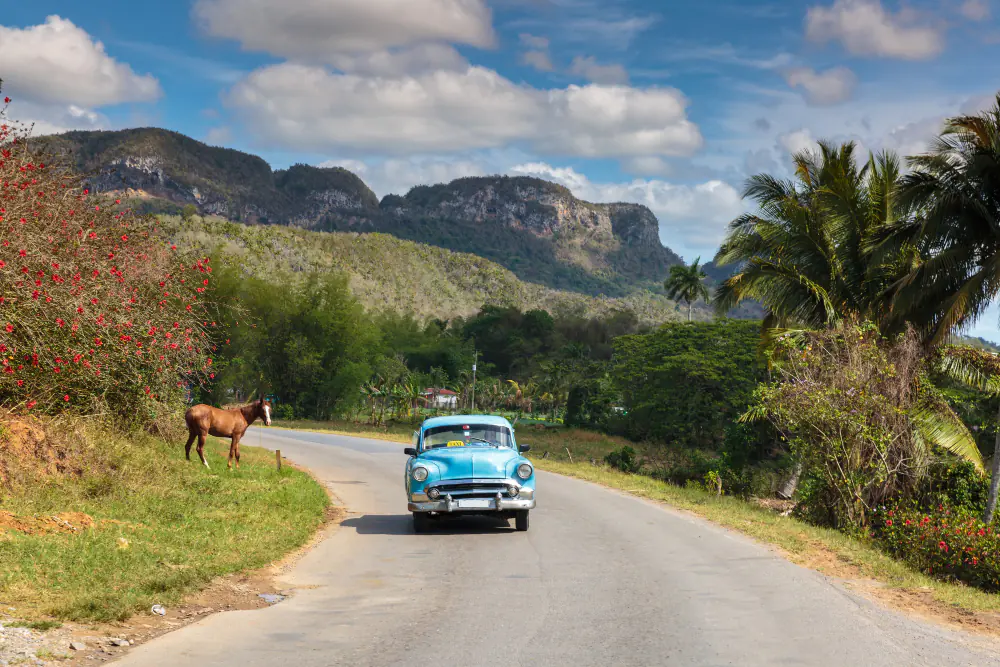Cuba is a country that enchants travelers with its vibrant culture, colorful streets, and breathtaking landscapes. It’s a place where time seems to slow down, allowing visitors to immerse themselves in its authenticity. From Havana’s colonial charm to the serene valleys of Viñales, Cuba offers something for every kind of traveler. To plan your adventure effectively, using a Cuba free travel guide is one of the best ways to gain insights into the island’s highlights, practical tips, and hidden treasures.
The Timeless Appeal of Cuba
Cuba is unlike many other destinations in the Caribbean. It offers not only natural beauty but also an immersive cultural experience. As you walk along Havana’s cobblestone streets, admire pastel-colored facades, and hear salsa music drifting from every corner, you quickly realize that Cuba is more than just a place to visit—it’s an atmosphere to live in.
Its history is layered with Spanish colonial influence, African traditions, and revolutionary spirit, creating a unique identity that continues to fascinate travelers worldwide.
Best Time to Visit Cuba
The dry season, which runs from November to April, is considered the most comfortable time to travel. Sunny skies and warm temperatures make this period ideal for exploring cities, beaches, and countryside alike. Those who prefer fewer tourists and a quieter experience might consider traveling in the shoulder months like early November or late April.
The wet season, particularly between June and October, may bring hurricanes or heavy rain, so planning ahead is important.
Exploring the Top Cities and Regions
Havana
The capital city, Havana, is the beating heart of Cuban life. Wander through Old Havana, a UNESCO World Heritage Site, where you’ll find lively squares, baroque cathedrals, and street performers showcasing local traditions. The Malecón, Havana’s seaside promenade, is the perfect place to watch the sunset.
Varadero
Varadero is Cuba’s crown jewel for beach lovers. Its miles of white sandy shores and clear waters make it a perfect spot for swimming, diving, or simply relaxing. While it attracts many tourists, its natural beauty remains undeniable.
Trinidad
This colonial gem feels like stepping into another era. Colorful houses, cobblestone streets, and horse-drawn carts give Trinidad a unique charm. The city also offers a thriving music scene and proximity to the Valle de los Ingenios, once home to sugar plantations.
Viñales Valley
If you’re looking for a more rural experience, Viñales is the place to be. Known for tobacco farms, caves, and limestone hills, it’s an excellent destination for hiking and horseback riding. The valley provides a glimpse of traditional Cuban farming life.
Santiago de Cuba
This eastern city is often referred to as the cultural capital. With strong Afro-Cuban influences, it’s known for its music, festivals, and historic significance in Cuba’s revolutionary past.
Cuban Culture and Daily Life
Cuban culture is rich and diverse. Music is at its core, with rhythms of salsa, son, and rumba echoing throughout the island. Dance is just as important, and locals often welcome visitors to join in.
Hospitality is another defining feature. Many travelers stay in family-run guesthouses known as casas particulares, where they enjoy authentic meals and genuine conversations with hosts. These experiences create memories that often go beyond the usual tourist attractions.
Food and Flavors of Cuba
Cuban cuisine reflects its multicultural heritage. Some must-try dishes include:
- Ropa Vieja: Shredded beef simmered in tomato sauce and spices.
- Arroz con Pollo: A simple yet flavorful chicken and rice dish.
- Tostones: Fried plantain slices, a popular snack.
- Picadillo: Ground beef cooked with olives, raisins, and spices.
Fresh tropical fruits like guava, mango, and pineapple are also abundant. And of course, Cuban coffee is a daily ritual worth experiencing.
Transportation and Getting Around
Traveling within Cuba is an adventure of its own. Classic cars double as taxis, adding a nostalgic touch to city rides. For longer distances, the Viazul bus system connects major cities comfortably. Cycling and walking are also great ways to explore, especially in smaller towns.
Car rentals are available, but road conditions and fuel availability can sometimes be challenging. For travelers seeking an authentic experience, combining different modes of transport makes the journey more memorable.
Practical Travel Tips
- Currency: The Cuban Peso (CUP) is the main currency. Bring cash, as card use is limited.
- Connectivity: Internet access is improving but still limited; public Wi-Fi hotspots are common in city centers.
- Language: Spanish is spoken everywhere, and learning a few phrases will enrich your experience.
- Health & Safety: Cuba is generally safe, but always stay aware of your surroundings and keep valuables secure.
Hidden Corners Worth Exploring
While Havana and Varadero often steal the spotlight, Cuba has many lesser-known gems.
- Cienfuegos: Known for its French-inspired architecture and relaxed atmosphere.
- Baracoa: Nestled in the east, it offers lush landscapes, waterfalls, and unique culinary specialties.
- Santa Clara: Famous for its historical monuments and connection to Che Guevara.
These places showcase Cuba’s diversity beyond the well-trodden path.
Why a Travel Guide Enhances the Experience
Cuba can feel overwhelming to first-time visitors, especially with its mix of cultural depth, unique infrastructure, and vibrant atmosphere. A well-structured guide offers clarity, helping travelers organize their days and make the most of their trip. From suggested itineraries to practical tips, a Cuba guide ensures you don’t miss both the iconic sites and the hidden gems that make the country unforgettable.
Conclusion
Cuba is a country where history, culture, and nature intertwine seamlessly. It invites travelers to explore beyond the surface, offering experiences that linger long after the journey ends. With the help of a Cuba free travel guide, you can navigate the island confidently, uncover authentic local experiences, and create lasting memories.


